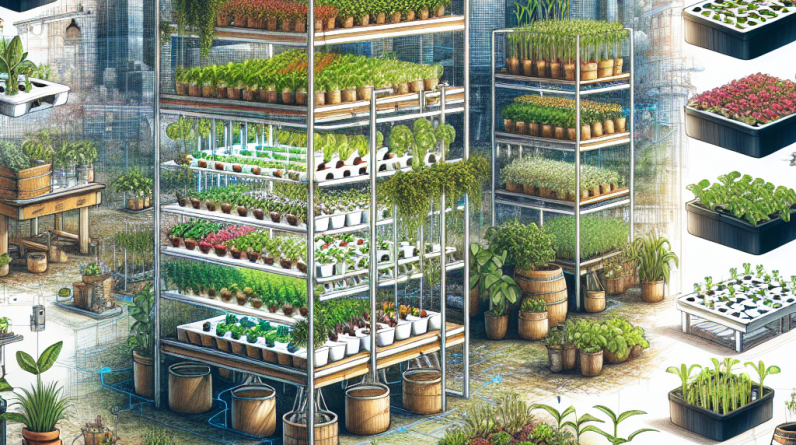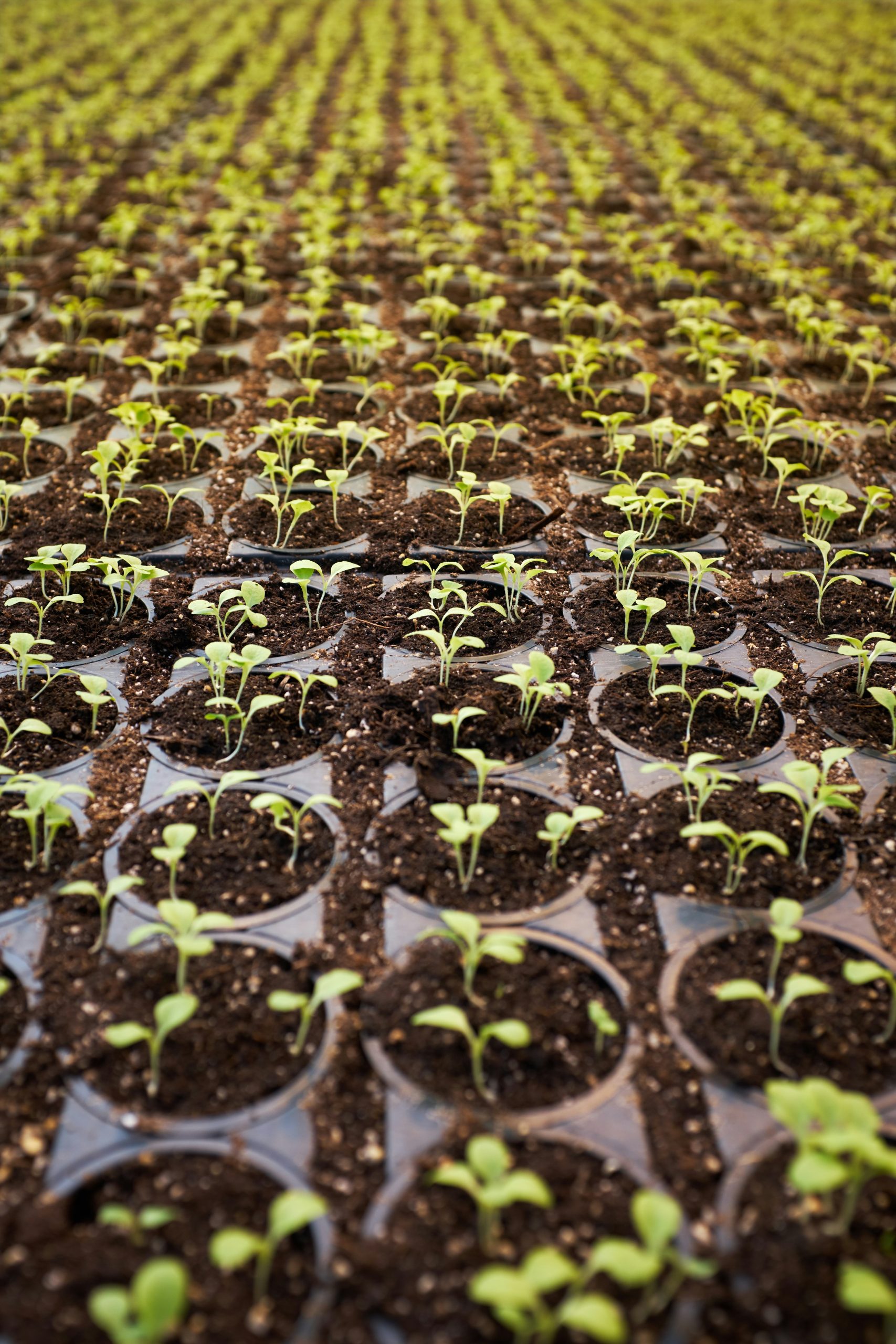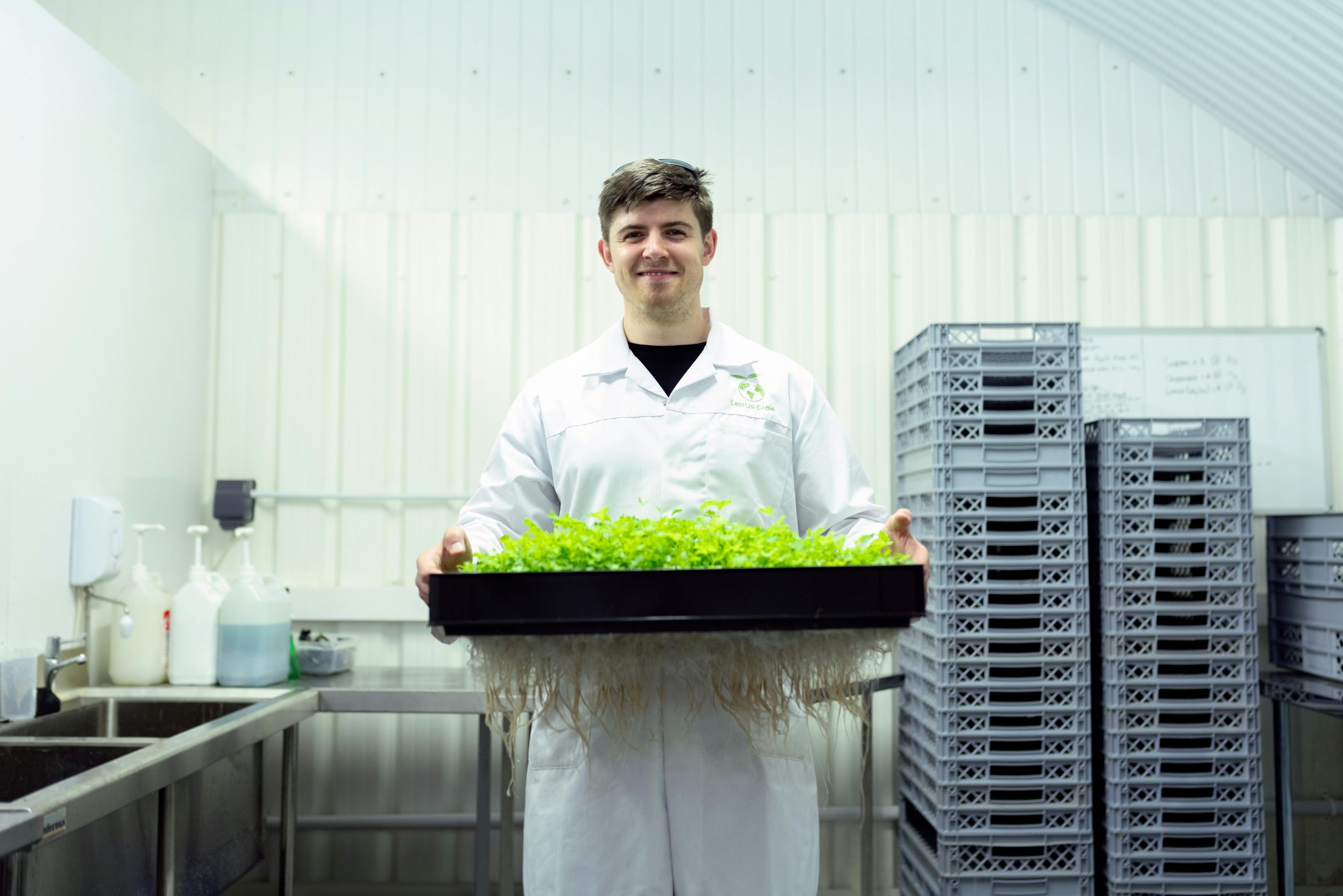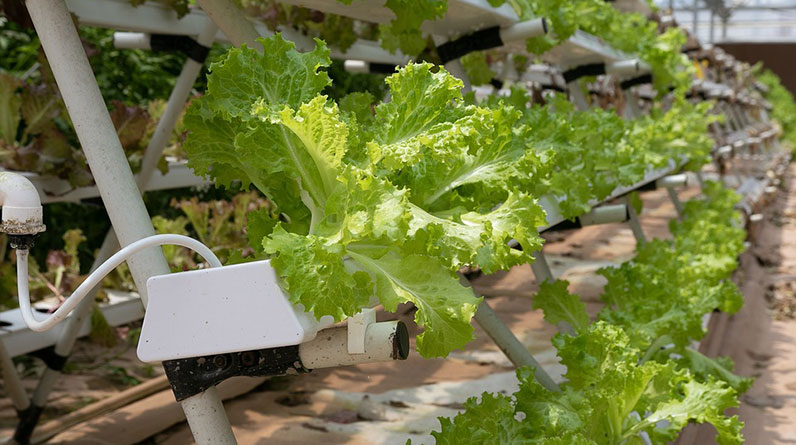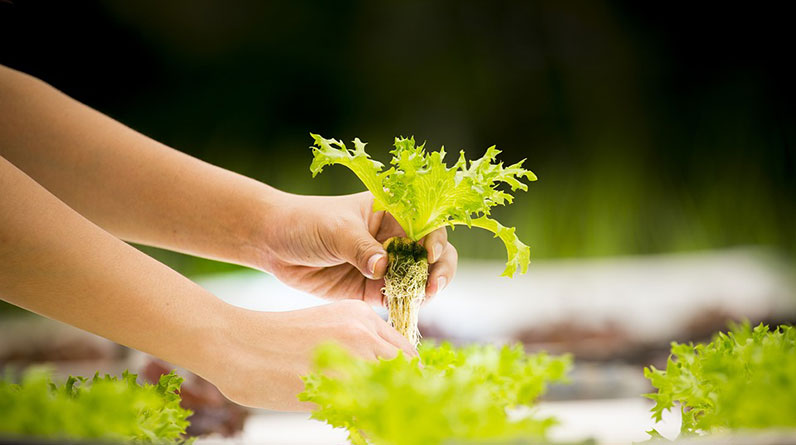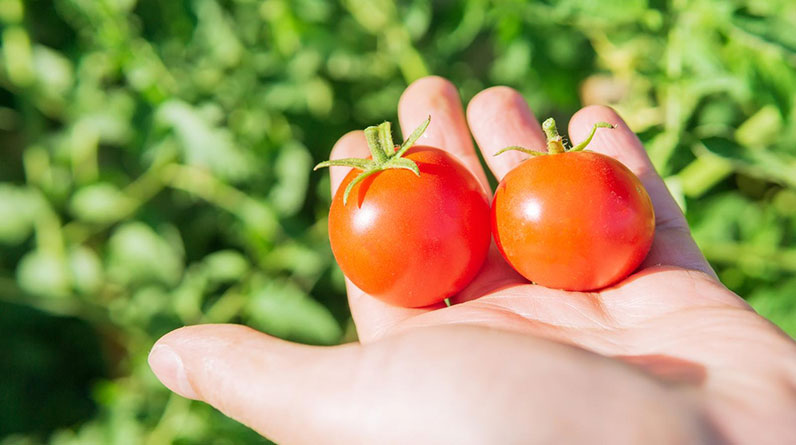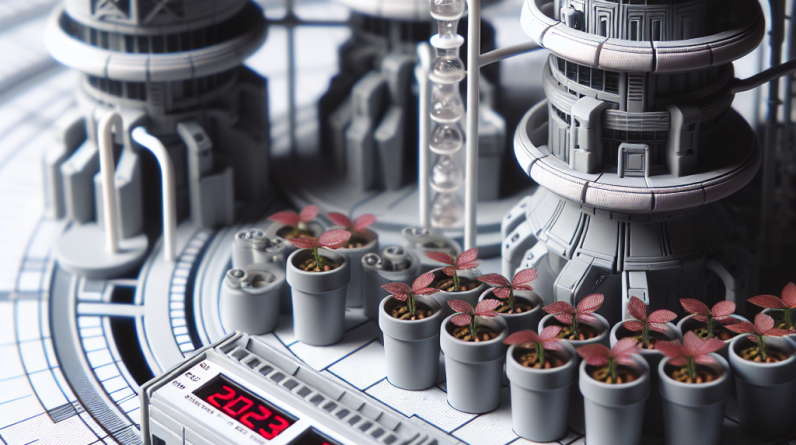
- 1. Introduction to Hydroponic Pots in 2025
- 2. Top Criteria for Choosing Hydroponic Pots
- 3. Material Types of Hydroponic Pots
- 4. Size and Capacity Considerations
1. Introduction to Hydroponic Pots in 2025
Understanding the Role of Hydroponic Pots
Hydroponic pots are the backbone of successful soil-less gardening, especially in 2025, when urban farming and sustainable practices are on the rise. These pots hold the nutrient-rich water solution that allows plants to thrive without traditional soil. As a gardener or farmer, selecting the best hydroponic pots can make all the difference in yield, plant health, and ease of maintenance.
In 2025, the market for hydroponic pots has expanded significantly, with innovative designs tailored for various crops and environments. From compact systems suitable for apartment balconies to large-scale commercial setups, there’s a hydroponic pot perfectly suited to every need. Understanding what makes a hydroponic pot ideal helps enthusiasts optimize their growing experience.
Research shows that choosing the right hydroponic pots can increase crop yields by up to 20%, thanks to improved aeration, root stability, and water management. This ultimate guide aims to explore the top options available today, providing insights, tips, and strategies for making the best choice amidst the plethora of options in 2025.
2. Top Criteria for Choosing Hydroponic Pots
Durability and Material Quality
High-quality materials ensure that hydroponic pots last through multiple planting cycles. In 2025, many growers prefer UV-resistant plastics, eco-friendly composites, or even stainless steel options for longevity and sustainability. Durable pots resist cracking, warping, and microbial growth, which can jeopardize plant health.
When selecting hydroponic pots, think about exposure to sunlight, water chemicals, and cleaning routines. Investing in high-grade materials reduces replacement costs and contributes to a more sustainable operation. I always recommend checking product specifications and user reviews for real-world durability insights.
Research indicates that properly maintained hydroponic systems using resilient materials can last up to 5-10 years, making them a cost-effective choice for hobbyists and commercial growers alike.
Size and Root Space
Choosing the right size hydroponic pot is critical to plant growth. Smaller pots are suitable for seedlings or microgreens, while larger containers support root expansion for mature plants like tomatoes or peppers. In 2025, adjustable or modular hydroponic pots are gaining popularity for their flexibility.
Correct sizing prevents rootbound conditions and ensures optimal oxygenation. For example, lettuce may thrive in 2-3 inch diameter pots, whereas basil prefers 4-6 inch pots for healthy growth.
Practical tip: always consider the mature size of your plants and plan for extra space to accommodate future growth. Proper sizing improves nutrient uptake efficiency and reduces maintenance frequency.
3. Material Types of Hydroponic Pots
Plastic Hydroponic Pots
Plastic remains the most common material for hydroponic pots due to its affordability, versatility, and ease of cleaning. In 2025, advancements include biodegradable plastics that break down without harming the environment, aligning with eco-conscious trends.
Advantages of plastic pots include lightweight design, UV resistance, and wide availability. However, itâs essential to select BPA-free, food-grade plastics to avoid potential chemical leaching into nutrient solutions.
Many commercial growers prefer plastic hydroponic pots because they are compatible with automated systems and allow for custom modifications such as drainage holes or fits for specific hydroponic setups.
Cloth and Fabric Hydroponic Pots
Fabric pots are innovative options for hydroponic gardening, offering excellent root aeration and drainage. Their breathability helps prevent overwatering issues common in traditional containers. In 2025, smart fabric pots with embedded sensors are emerging, allowing real-time monitoring of root health and moisture levels.
Advantages include easy mobility, cleaning, and promoting healthy, fibrous rootsâa process called air pruning. This results in a more robust root system that supports vigorous plant growth.
Fabric hydroponic pots are particularly suitable for small-scale urban growers seeking sustainable and low-maintenance solutions. Theyâre also lightweight, making repositioning effortless.
4. Size and Capacity Considerations
Small-Scale versus Large-Scale Systems
Choosing the right size hydroponic pots depends on your gardening scale. For beginners or hobbyists, 1-3 gallon pots are manageable and efficient for herbs and greens. In contrast, commercial growers often use larger containers, up to 20 gallons or more, for high-yield crops.
In 2025, automation and modular systems allow for increased flexibility. Smaller pots can be clustered into larger setups for maximizing space without sacrificing plant health.
Practical tip: always match pot size to the plantâs mature root system to promote healthy growth and avoid stunted plants or nutrient deficiencies.
Optimizing Space in Hydroponic Gardens
Maximizing limited space requires strategic placement and choosing compact hydroponic pots. Techniques like vertical planting and hydroponic towers utilize small pots stacked vertically, dramatically increasing yield per square foot.
In 2025, vertical farms and container gardening are trending, making small but efficient hydroponic pots more relevant than ever. These setups are ideal for urban environments with space restrictions.
Actionable tip: always ensure adequate airflow and lighting for stacked or densely placed hydroponic pots to promote uniform growth and prevent disease.
Frequently Asked Questions
1. What are the best hydroponic pots for beginners in 2025?
Beginners should look for durable, easy-to-clean, and affordable options like plastic or fabric hydroponic pots. Modular systems that can grow multiple crops are also recommended for ease of use.
2. How do I maintain hydroponic pots for longevity?
Regular cleaning, inspecting for cracks or microbial growth, and replacing damaged parts help extend the life of hydroponic pots. Use non-toxic cleaning solutions and avoid exposing them to extreme temperatures.
3. Why is the keyword ‘hydroponic pots’ important in 2025?
Using the exact keyword helps target consumers searching specifically for hydroponic containers, which is crucial as the market continues to grow with innovative products in 2025.
4. Are there eco-friendly hydroponic pots available in 2025?
Yes, biodegradable plastics and sustainable fabric options are increasingly popular, aligning with environmental goals for both hobbyists and large-scale growers.
5. How do I select the right hydroponic pot size for my plants?
Match the pot size to the mature roots of your plant, considering growth potential and space constraints. Larger pots improve nutrient availability and support healthier root systems.
Conclusion
In 2025, choosing the best hydroponic pots is essential for maximizing your gardening success. From material choices to size and design, the right hydroponic pots can elevate your crop yields, ensure plant health, and simplify maintenance. With a clear understanding of your needs and the latest innovations, youâll be well-equipped to select the perfect hydroponic pots for your setup. Remember, investing in quality hydroponic pots is investing in the future of sustainable, soil-less gardening.



